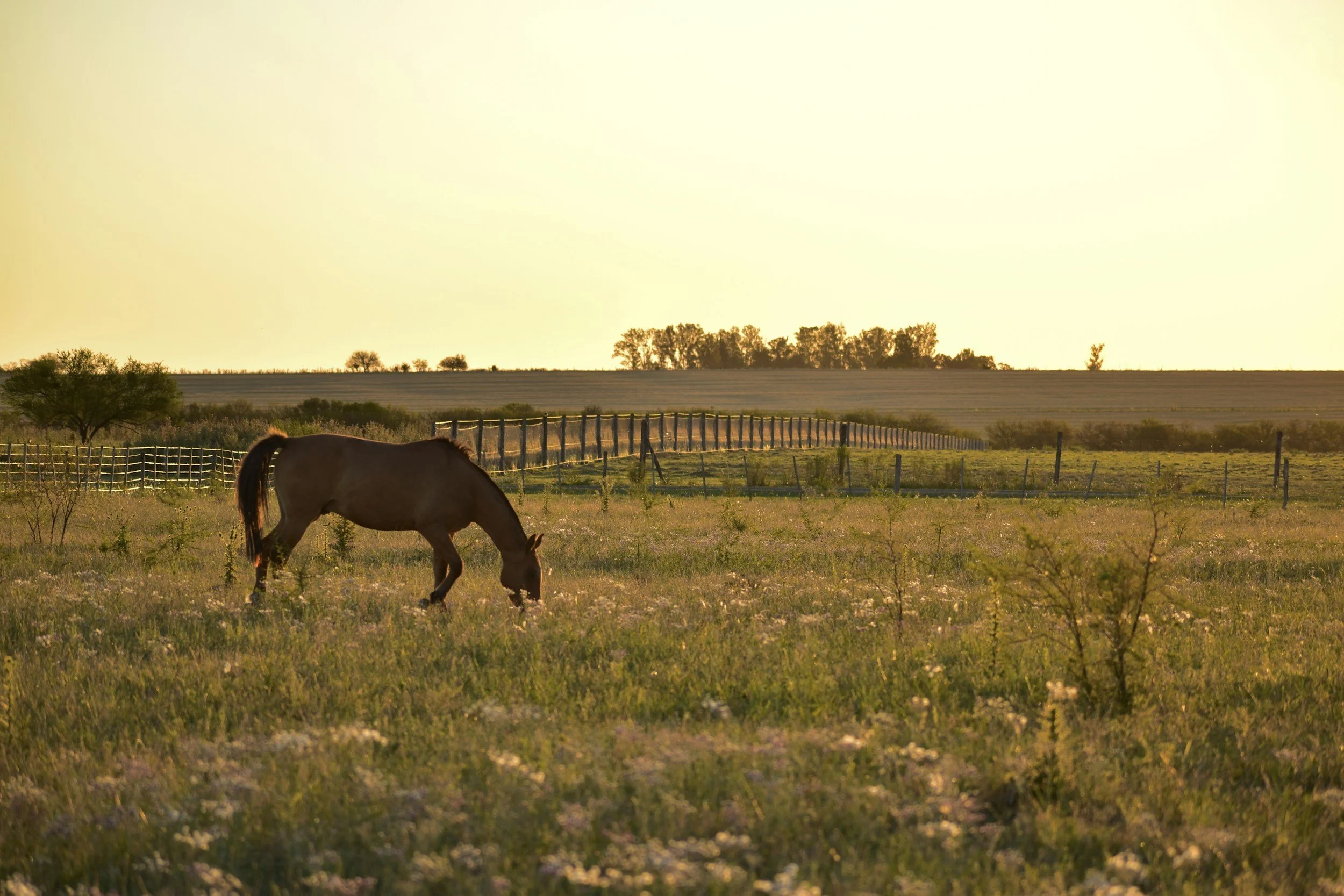By: Elizabeth Watson, Staff Member
There is ongoing disagreement between American oil companies and the federal government in regard to oil and natural gas exploration and production in the United States. But which side is more convincing? Are the oil industry’s hands unnecessarily tied by the federal government, or are increasing regulations justified?
The National Petroleum Council estimates that oil and natural gas production in North America has the capacity to double by 2035, if the federal government will untie the industry’s hands.[1] The industry looks to the new rules for onshore production, the de facto moratorium recently lifted in the Gulf of Mexico, and the postponing of scheduled lease sales on the outer continental shelf as examples of the federal government’s recent restrictions on operations.[2]
To support the assertion that untied hands leads to greater production, the industry cites the states’ experiences who, by loosening restrictions on the “hydraulic fracturing technique used in shale gas production,” to extract oil, saw much economic gain.[3] In considering production success, the pattern, according to oil companies, is clear—“[r]egulatory and environmental reviews were largely the responsibilities of state and local governments, and disagreements could often be resolved at the local level.”[4] Oil companies worry if the federal government does not lessen restrictions that foreign companies will avoid working here because it is too costly, time consuming, and often involves government challenges played out in administrative reviews and federal court.[5] This in turn will decrease American jobs, decrease the amount of revenue the federal government receives from oil leases, and increase American dependence on foreign energy.[6]
The Obama Administration opposes these claims and points to the “use it or lose it” policy of federal oil and gas leases and the industry practice of “lease squatting” as the reasoning behind oil industry complaints.[7] The Interior Department, the regulatory body that assigns federal leases, provides a five to ten year exploratory period for a company to find oil and natural gas.[8] The federal government claims this period fully allows oil companies to assess a lease and determine its viability. The oil industry itself acknowledges that the “use it or lose it” doctrine is not a new development, but argues the doctrine has always restrained the oil and gas industry because, from the time a lease is issued, “the clock starts ticking.”[9] Enforcing this policy provides no greater obstacle than it did in the past. Additionally, in an effort to discourage the practice of “lease squatting,” where oil companies hold onto large tracts of land for many years without development, the administration proposes to almost triple prices at this year’s offshore lease sale (December 14, 2011), to “ensure areas with the greatest resource potential are developed.”[10] And, to further appease those holding leases affected by the six-month moratorium following the BP oil spill, Obama has extended leases for another year. [11]
The problem with this debate is that both sides are persuasive according to where one sits and what one seeks to protect. Consider this fact: the Department of Energy’s Energy Information Administration found that from 2005 to 2010, 34 percent of all exploration wells drilled dry, and eight percent of all development wells drilled dry, with oil companies paying the federal government for leases regardless of success.[12] The argument supporting loosened regulations on oil companies looks to the amount of risk and money involved in the oil production process, and advocates freedom and time to make wise development choices. After all, the companies are the industry experts. Furthermore, the federal government receives great revenues from the oil industry. With more leases and production, the government makes more money.
However, looking at the same facts listed above, those supporting greater regulation of oil companies also look to the success rate and risk involved, but through a different lens. They argue that drilling, with such potential devastating effects, necessitates strict oversight from Congress and regulatory agencies. One need only recall the recent BP oil spill to find support for this argument. Furthermore, many reject that increased production in itself is a positive, as opposed to looking for alternative fuel sources.
So, what happens next, and who is right? We will have to watch the upcoming lease sales and pending court cases, such as ExxonMobil v. Salazar, to see. It is hard to believe that this debate will ever be fully resolved because it concerns deeply held political beliefs.
[1] Lucian Pugliaresi, The Lessons of the Shale Gas Revolution, The Wall Street Journal, September 30, 2011, at A13.
[2] House Natural Resources Committee, Democrats Attempt to Resurrect Old “Use It or Lose It” Myth (March 24, 2011), http://naturalresources.house.gov/News/DocumentSingle.aspx?DocumentID=230630.
[3] Lucian Pugliaresi, The Lessons of the Shale Gas Revolution, The Wall Street Journal, September 30, 2011, at A13.
[4] Id.
[5] Id.
[6] House Natural Resources Committee, Democrats Attempt to Resurrect Old “Use It or Lose It” Myth (March 24, 2011), http://naturalresources.house.gov/News/DocumentSingle.aspx?DocumentID=230630.
[7] Deborah Solomon, U.S . News: U.S. to Resume Lease Sales For Oil Drilling in the Gulf, The Wall Street Journal, August 20, 2011, at A3.
[8] House Natural Resources Committee, Democrats Attempt to Resurrect Old “Use It or Lose It” Myth (March 24, 2011), http://naturalresources.house.gov/News/DocumentSingle.aspx?DocumentID=230630.
[9] Id.
[10] Deborah Solomon, U.S. News: U.S. to Resume Lease Sales For Oil Drilling in the Gulf, The Wall Street Journal, August 20, 2011, at A3.
[11] Id.
[12] House Natural Resources Committee, Democrats Attempt to Resurrect Old “Use It or Lose It” Myth (March 24, 2011), http://naturalresources.house.gov/News/DocumentSingle.aspx?DocumentID=230630














